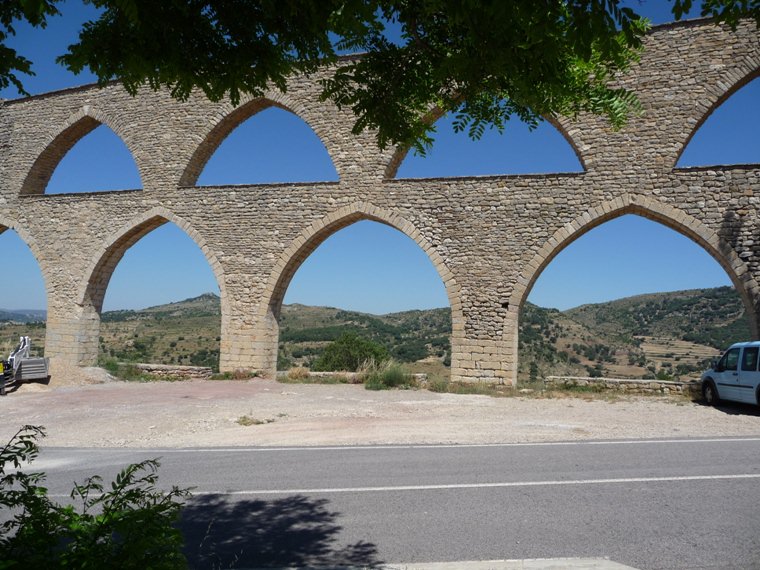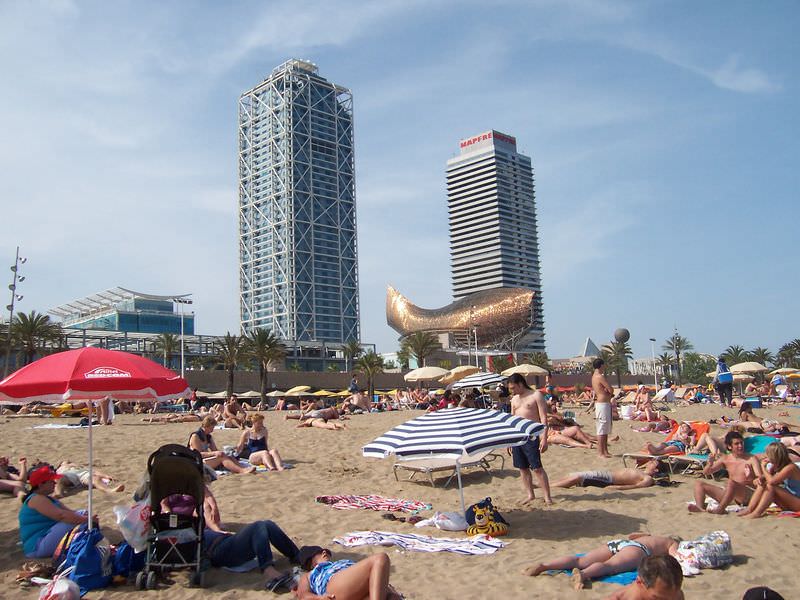Before embarking on a trip to Spain, learning a bit about its history can make your trip more meaningful. The Iberian Peninsula was first inhabited around 800,000 BC and proved to be a much-desired piece of real estate through the centuries, as evidenced by the large number of foreign invaders that chart Spain’s history.
First came the Phoenicians, then the Greeks, and then the Carthaginians. From Europe came the Celts, who settled with native Iberian tribes and merged to become Celtiliberians. They were followed by the Romans who coveted the great mineral wealth of the peninsula. For nearly two hundred years, the Romans fought the Carthaginians in an effort to conquer the divided provinces. They finally succeeded. But as the Roman Empire fell in the 5th century, the Visigoths, who invaded from the north, triumphed. In the 8th century, they in turn were conquered by Arab and Berber invaders from North Africa, known as Moors.
Under the Moors, much of Spain, then called Al Andalus, thrived, and science, architecture, and the decorative arts flourished. The Moorish influence is still evident in architecture and customs throughout the country.
Of course, the Moors would not be the final victors. By this time, a number of divergent cultures existed throughout the peninsula, with many possessing a strong sense of independence (even today, many Basques and Catalans do not consider themselves to be Spanish). Under the Moors, the land was divided into numerous kingdoms (called taifas), with a concentration of Christian kingdoms in the north. In the 11th century, the Christians began to move south in an attempt to forcibly regain land from the Moors. A holy war ensued. Though militant North Africans came to the aid of the Moors, the Christians pushed the Moorish forces south until only Granada remained under Moorish rule.
Spain was at last unified through the marriage of Isabel I of Castile and Fernando II of Aragon, and Granada was reclaimed by the “Catholic Monarchs”. The holy war continued by way of the Spanish Inquisition wherein large numbers of non-Christians were persecuted and often sentenced to death. Despite this turmoil, Spain flourished in art and architecture during this period. Further, Spain embarked on an age of discovery as the voyages of Columbus and the conquistadors opened new vistas in the New World. This Golden Age, which lasted through the 16th century, was also one of the great artistic and literary periods, producing the lasting achievements of such notable painters as El Greco and Valzquez; such writers as Cervantes; and such dramatists as Lope de Vega and Calderon de la Barca.
For a time, Spain continued to war with France and the Low Countries and subsequently began to lose influence in Europe. Economic problems surfaced at home and, again, war ensued. The Bourbons won the War of the Spanish Succession, forcing Spain to become a centralized nation. The government of the First Republic, however, stood on shaky ground as it was faced with rampant political corruption while at the same time anarchism grew among the populace. Political upheaval resulted in a Second Republic being declared in 1931.
In 1936, the Spanish Civil War erupted, with Nationalists under General Franco fighting the seated Republicans. With the help of Hitler and Moussolini, the Nationalists eventually claimed victory and executed thousands of Republicans. After Franco’s death, the country shifted from a dictatorship to a democracy. The Socialist Workers’ Party, headed by Prime Minister Felipe Gonzalez, came to power by election in 1982 and has worked hard to modernize Spain. The current king, Juan Carlos I, is a constitutional monarch and is lauded for his support of democracy.
Written by Terri Fogarty for EuropeUpClose.com






Manuela Kafes
Thursday 9th of April 2015
I ENJOYED ARTICLE IMMENSELY. THANK YOU MANUELA TORRES KAFES HERNANDO, FL USA
Manuela Kafes
Thursday 9th of April 2015
Thank you for such a concise history of Spain. I have enjoyed it immensely. Manuela Torres Kafes Hernando, Florida USA